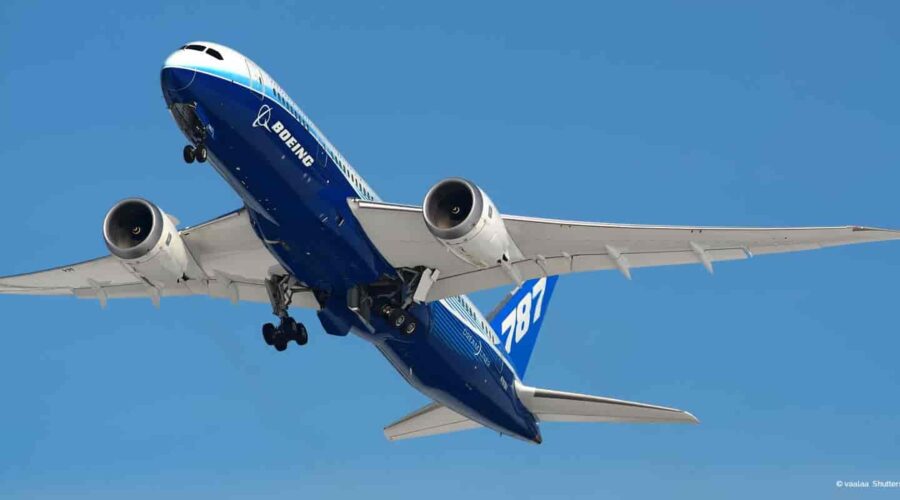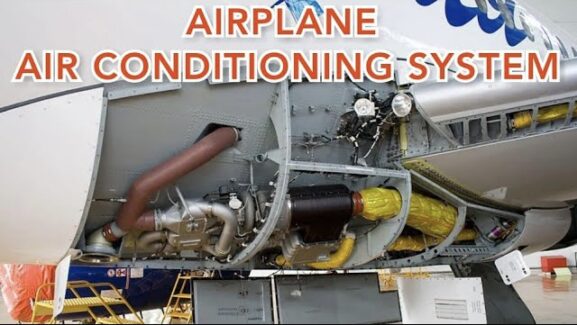Know the Aircraft : Boeing 787 “The Dreamliner”
Boeing’s 787 “Dreamliner” is a revolutionary aircraft that was first introduced in 2011. It has since become one of the most popular and sought-after planes in the world, thanks to its advanced technology, fuel efficiency, and passenger comfort. In this article, we’ll explore the key features of the 787 Dreamliner, its development history, and its impact on the aviation industry.
Development History:
The idea for the 787 Dreamliner dates back to the early 2000s when Boeing began exploring new ways to make aircraft more fuel-efficient and eco-friendly. After several years of research and development, Boeing unveiled the first 787 Dreamliner prototype in 2007. This was followed by a series of test flights, including a record-breaking non-stop flight from Tokyo to Boston in 2011.

Key Features:
Fuel Efficiency: One of the biggest advantages of the 787 Dreamliner is its fuel efficiency. The plane is designed to consume 20% less fuel than similar-sized aircraft, making it much more eco-friendly and cost-effective. This is achieved through the use of lightweight composite materials, advanced aerodynamics, and fuel-efficient engines.
Composite Materials: The 787 Dreamliner is the first commercial aircraft to be made primarily of composite materials. This allows the plane to be much lighter than traditional metal aircraft, which translates into lower fuel consumption and reduced operating costs.
Passenger Comfort: Another key feature of the 787 Dreamliner is its focus on passenger comfort. The plane is designed with larger windows, wider seats, and a more spacious cabin, creating a more comfortable and relaxing flying experience. In addition, the plane is equipped with advanced air filtration systems, which remove up to 99.9% of airborne contaminants, creating a healthier cabin environment.

Advanced Avionics: The 787 Dreamliner is equipped with state-of-the-art avionics and flight control systems, making it easier to fly and safer to operate. The plane also features advanced sensors and systems that monitor everything from the engine performance to the cabin environment, providing real-time data to the pilots and maintenance crews.
Impact on the Aviation Industry:
The 787 Dreamliner has had a significant impact on the aviation industry since its introduction in 2011. Its fuel efficiency and eco-friendliness have made it a popular choice for airlines looking to reduce their carbon footprint and operating costs. In addition, the plane’s advanced technology and passenger comfort have helped to improve the overall flying experience for passengers, leading to higher customer satisfaction and loyalty.
Overall, the Boeing 787 Dreamliner represents a significant step forward in aircraft design and technology. Its focus on fuel efficiency, passenger comfort, and advanced avionics make it one of the most popular and sought-after planes in the world. As the aviation industry continues to evolve and adapt to new challenges, the 787 Dreamliner will undoubtedly play an important role in shaping the future of air travel.



